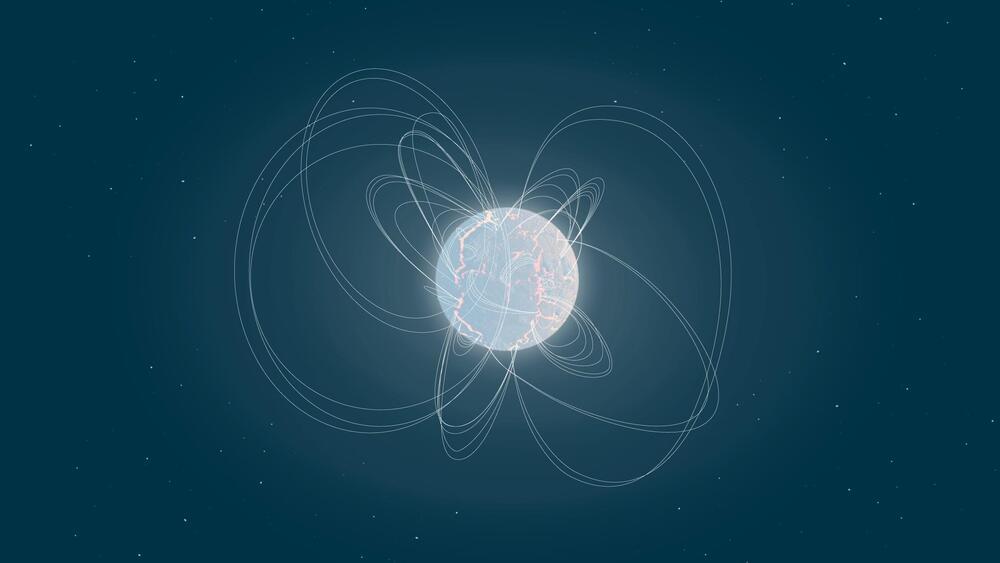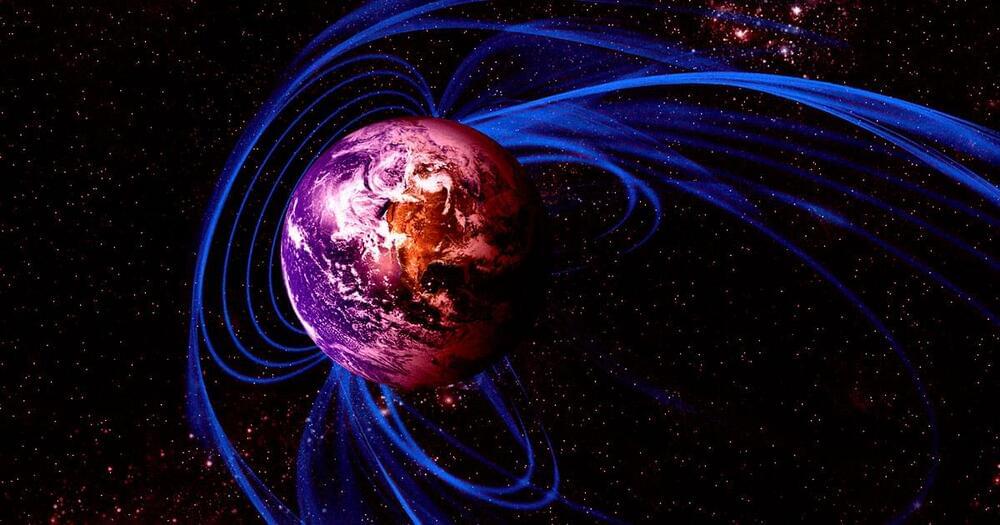Liftoff of the ‘No Time Toulouse’ mission took place at 2:13 p.m. ET on Thursday (June 20).



The Geostationary Operational Environmental Satellite U (GOES-U) is set for launch on a SpaceX Falcon Heavy rocket from NASA ’s Kennedy Space Center.
The satellite, part of NOAA ’s GOES-R series, has undergone significant pre-launch preparations including attachment to the launch vehicle, fueling, and encapsulation. It aims to improve weather forecasting and space weather detection.
SpinLaunch was founded in 2014, and its leadership team has since raised tens of millions of dollars in funding. The company has been working with NASA, Airbus, and Cornell University, launching some of their equipment as part of testing. The tech has so far endured 10,000 Gs, “10,000 times the force of Earth’s gravity,” all per the Space.com report.
If SpinLaunch’s concept proves reliable, it could eliminate the loads of fuel that is burned to launch spacecraft. In 2016, Business Insider noted that SpaceX’s Falcon 9 rocket used more than 900,000 pounds of propellant for each liftoff, for reference. The fuel efficiency may have improved some since then.
CBC News reports that a growing number of launches are starting to draw scrutiny, particularly for ozone layer health. The barrier protects us from some of the sun’s harmful radiation.

As ESA’s satellite INTEGRAL scanned the skies, it detected a surge of gamma-rays emanating from the nearby galaxy M82. Shortly after this observation, ESA’s XMM-Newton X-ray space telescope sought any residual glow from the event but detected nothing. An international research group, with contributors from the University of Geneva (UNIGE), concluded that the burst was an extragalactic flare from a magnetar, a young neutron star known for its intense magnetic field. This finding was documented in the journal Nature.
On 15 November 2023, ESA’s satellite INTEGRAL spotted a sudden explosion from a rare object. For only a tenth of a second, a short burst of energetic gamma-rays appeared in the sky. “The satellite data were received in the INTEGRAL Science Data Centre (ISDC), based on the Ecogia site of the UNIGE Astronomy Department, from where a gamma-ray burst alert was sent out to astronomers worldwide, only 13 seconds after its detection,” explains Carlo Ferrigno, senior research associate in the Astronomy Department at UNIGE Faculty of Science, PI of the ISDC and co-author of the publication. The IBAS (Integral Burst Alert System) software gave an automatic localization coinciding with the galaxy M82, 12 million light-years away. This alert system was developed and is operated by scientists and engineers from the UNIGE in collaboration with international colleagues.

The constellation will eventually include 100 satellites providing global coverage of advanced missile launches. For now, the handful of spacecraft offers limited coverage. SDA Director Derek Tournear told reporters in April that coordinating tracking opportunities for the satellites is a challenge because they have to be positioned over the venue where missile tests are being performed.
He noted that along with tracking routine Defense Department test flights, the satellites are also scanning global hot spots for missile activity as they orbit the Earth.
The flight the satellites tracked was the first for MDA’s Hypersonic Testbed, or HTB-1. The vehicle serves as a platform for various hypersonic experiments and advanced components and joins a growing inventory of high-speed flight test systems. That includes the Test Resource Management Center’s Multi-Service Advanced Capability Hypersonic Test Bed and the Defense Innovation Unit’s Hypersonic and High-Cadence Airborne Testing Capabilities program.

I’m sure some of you have looked at robo mowers as Roombas for your yard but, sadly, many of them require you to install a boundary wire around the perimeter of your lawn. And any product that requires you to dig a trench is the opposite of what “low effort” means to me. That’s why I was interested in trying Segway’s Navimow i105, its £945 (around $1,200) GPS-equipped mower which eliminates that busywork. And keeping your lawn neat and tidy is a job that’s all busywork.
Ask a gardener and they’ll tell you the secret to a great lawn is to seed a piece of flat land and then mow it into submission. Regular, militant mowing kills off all the other flora, ensuring only grass can grow until everything looks well-manicured. But that relentless mowing requires a lot of time, a luxury I’ve never had. It’s the sort of job a robot mower was born to do, given it can scuttle around and trim grass without you there.
Segway’s i Series is the company’s latest, more affordable offering compared to its pricier S Series. The new units have a smaller battery and range, with the i105 able to handle areas up to 500 square meters. Unlike some GPS mowers, the i105 is equipped with a forward facing HD camera with a 180-degree field of vision. So while it relies on satellites for positioning, it’ll have enough sense to stop before it clatters into an obstacle. It’s not packing sophisticated computer vision smarts, but it’ll play safe lest it charge into a pet, inattentive family member or prized flower.


Dead satellites and other debris are constantly burning up as they fall out of Earth’s orbit.
Conventional wisdom is destroying all that space junk is good, because it keeps orbit less cluttered. But it may have harmful effects on our planet’s magnetic field, as plasma physicist and former Air Force research scientist Sierra Solter — the author of a contentious and yet-to-be-peer-reviewed paper — argues in a new essay for The Guardian.
Ventures like Elon Musk’s SpaceX are launching thousands of satellites into orbit, and tens of thousands more are soon to follow as interest in the private space industry and space tourism continues to grow.


Researchers from the Photonics Research Laboratory (PRL)-iTEAM at the Universitat Politècnica de València, in collaboration with iPRONICS, have developed a groundbreaking photonic chip. This chip is the world’s first to be universal, programmable, and multifunctional, making it a significant advancement for the telecommunications industry, data centers, and AI computing infrastructures. It is poised to enhance a variety of applications including 5G communications, quantum computing, data centers, artificial intelligence, satellites, drones, and autonomous vehicles.
The development of this revolutionary chip is the main result of the European project UMWP-Chip, led by researcher José Capmany and funded by an ERC Advanced Grant from the European Research Council. The work has been published in the Nature Communications journal.